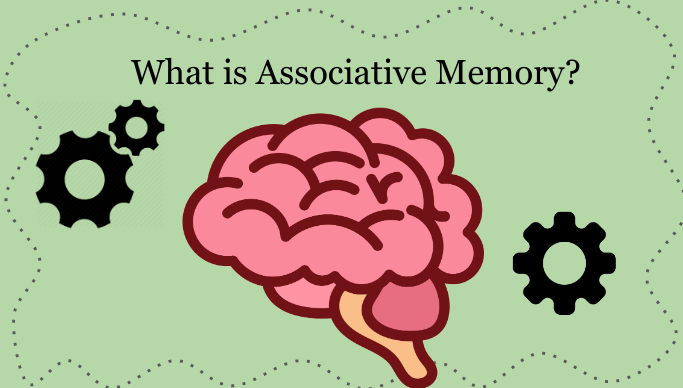What is Associative Memory?
March 9, 2023
Ever have a hard time remembering something? Or did you ever lose your train of thought? There are lots of ways to keep track of your memory, whether that’s through making notes to yourself, setting an event on a calendar, or some other method to keep track of different things. While there are lots of different strategies for people, it can be harder for someone to use these if they’ve been diagnosed with a disorder like ADHD. One way to remember things that works for a lot of people is called Associative Memory.
Associative Memory focuses on the brain’s ability to remember small and simple details, and connect those with other similar details and recall events. In some cases, it can even be used to predict different events. For example, if you were at the store and found a Cinnamon scented candle, you would know it smells like… well, Cinnamon. Your brain retains the smell of that item, and when prompted with the word Cinnamon, it ties the smell and the memory together. Those are the core principles of Associative Memory, and it’s often used subconsciously by people.
Through proper training, you can use this strategy a lot more effectively. I’ve used this strategy to remember lots of sequences, like digits of Pi. By memorizing groups of numbers, you can recall the digits in that set, and continue onto the next by associating all of them together. When you think of America, you might think of the national colors. This is because your brain can tie to or more memories together and instantly recall different facts. Taking time every day to memorize a list of countries or characters in a book can train your brain to tie these things together. Next time you lose your train of thought, retracing your steps may help you remember what you were trying to say. Associative Memory can be used almost all the time to improve your life, and it’s super convenient with only a little bit of practice!

Alexia • Mar 14, 2023 at 1:12 pm
Great article! I liked your examples of how this works.